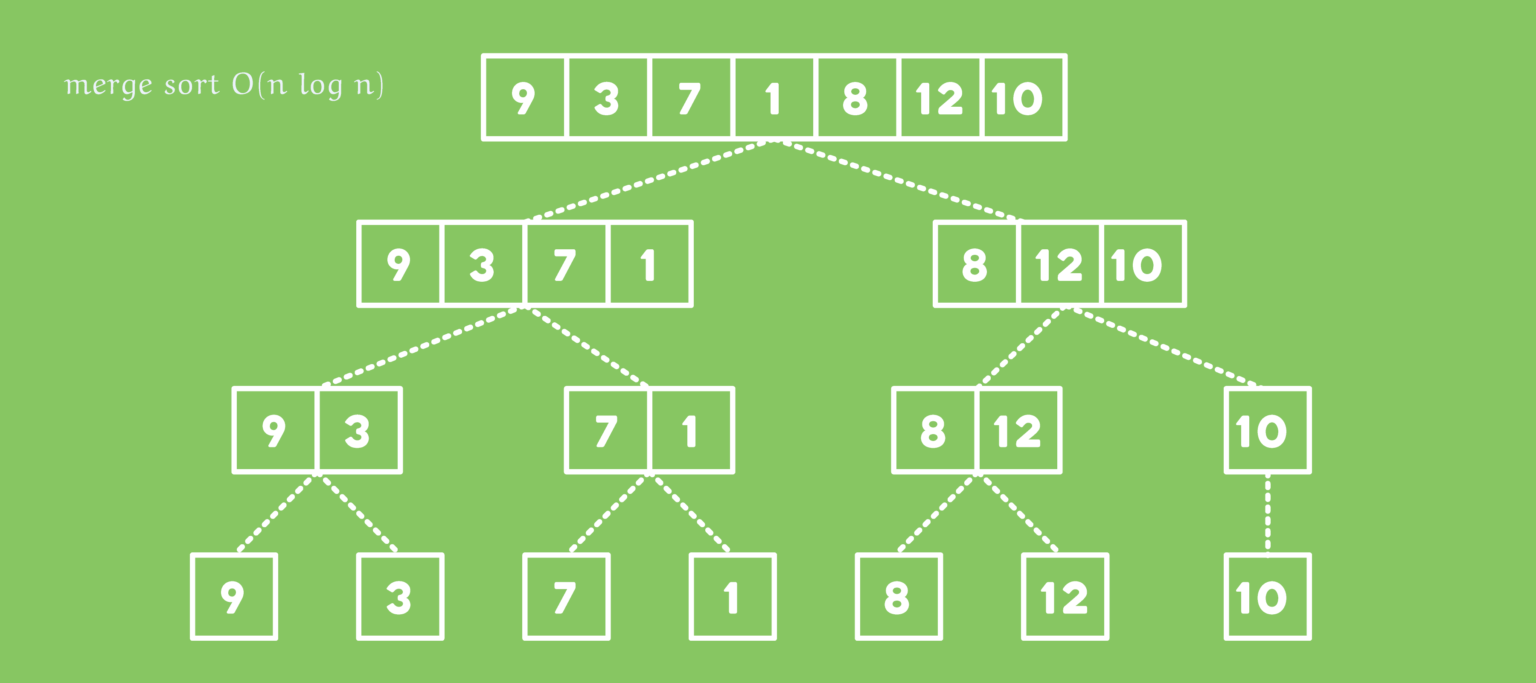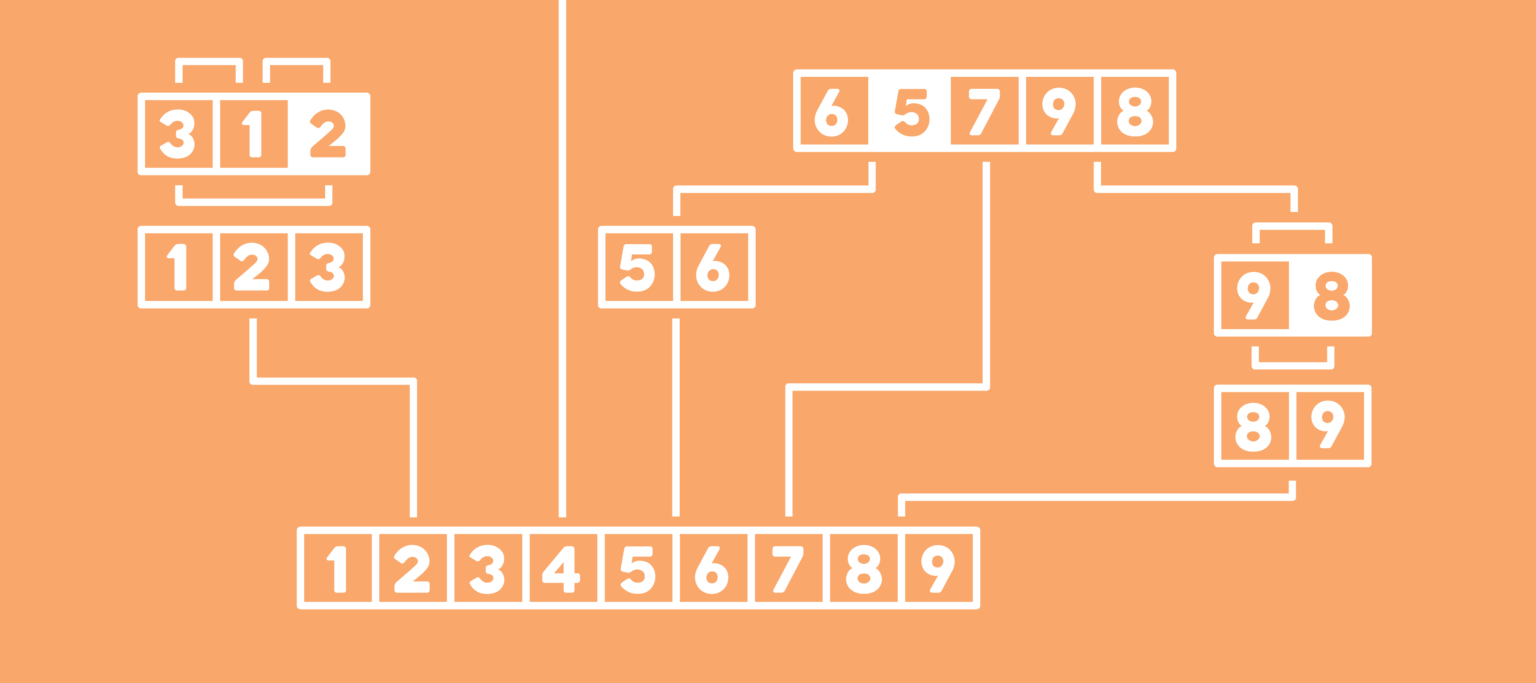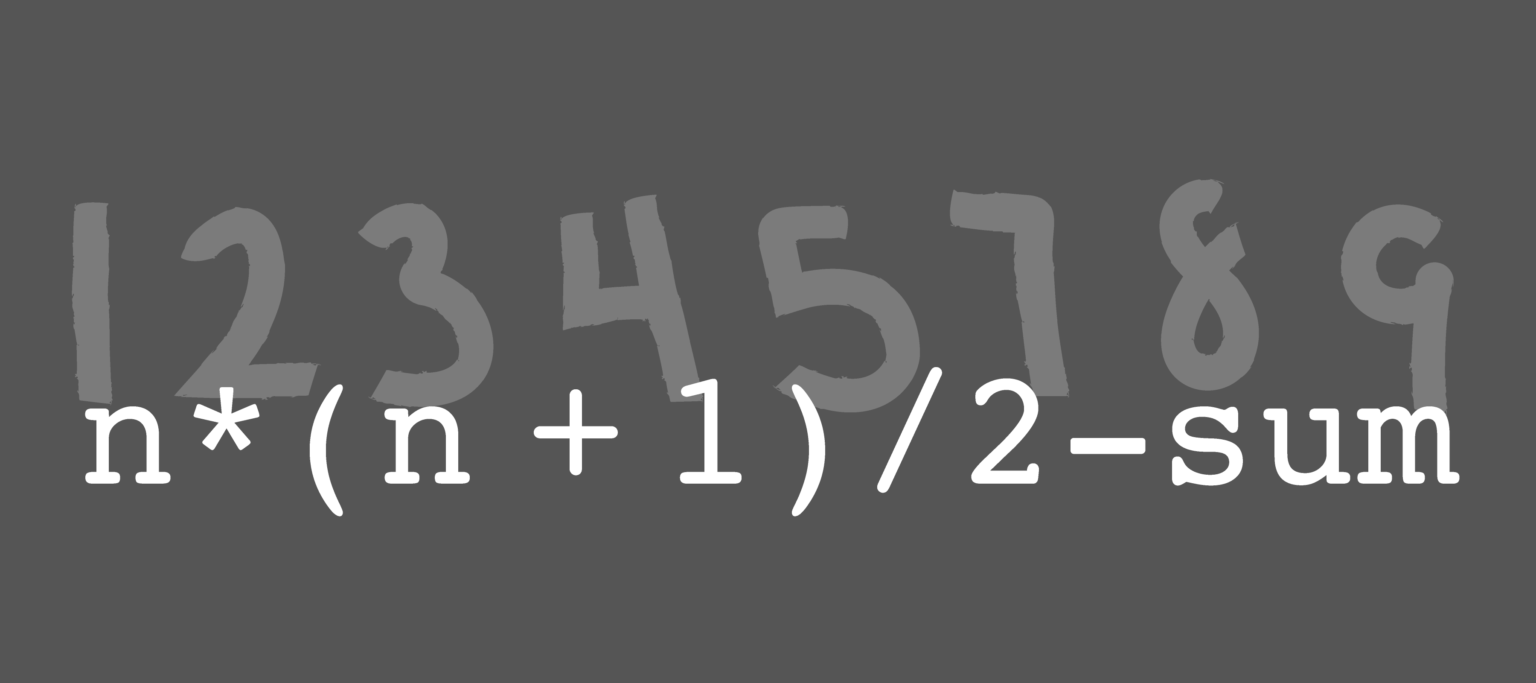Merge Sort Algorithm
I mentioned in yesterday's post that a lot of data manipulation involves lists, nested and otherwise. Another common task is sorting elements in a list. Day 6 of 30 Days of Algorithms is a Merge Sort, which is another "divide-and-conquer" algorithm.





